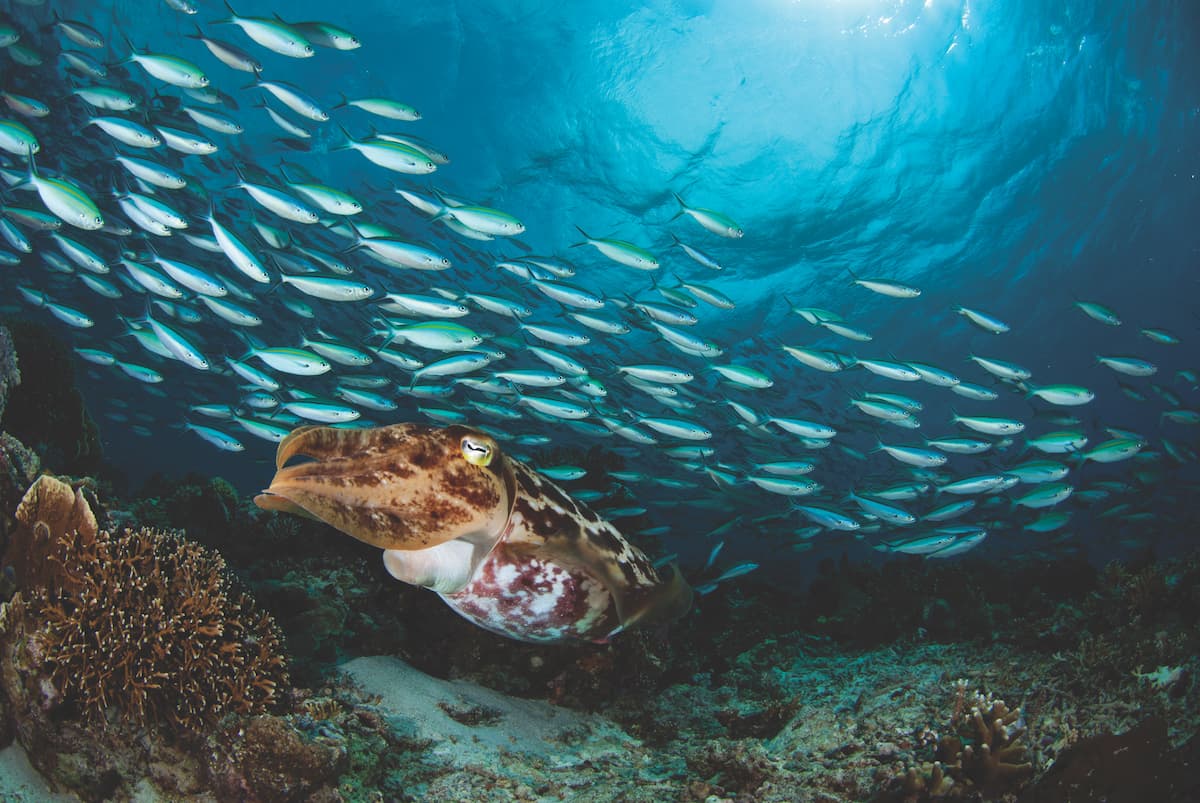Photographs by Adrian Stacey
The outboard motor on our speed boat wined in protest as a furious current tried its best to thwart us from reaching our destination. We were going diving in Komodo and the texture of the water was another clear indication that this was going to be far from sedate!
Resembling a fast-running river rather than an ocean, in some parts the sea seemed to boil and performed an agitated little dance, in other areas whirlpools drifted along the fast-moving surface. In contrast, different sections of the sea were as flat as glass and, for a split second, we were afforded a brief glimpse of the utter mayhem below.
Our experienced driver dropped us a little way in front of the reef, to give us some hope of reaching our target. We aimed to get down to 20-25m as fast as possible and to find a good place to secure a reef hook before the current swept us off the dive site. With this feat completed, it was now time to watch the show.
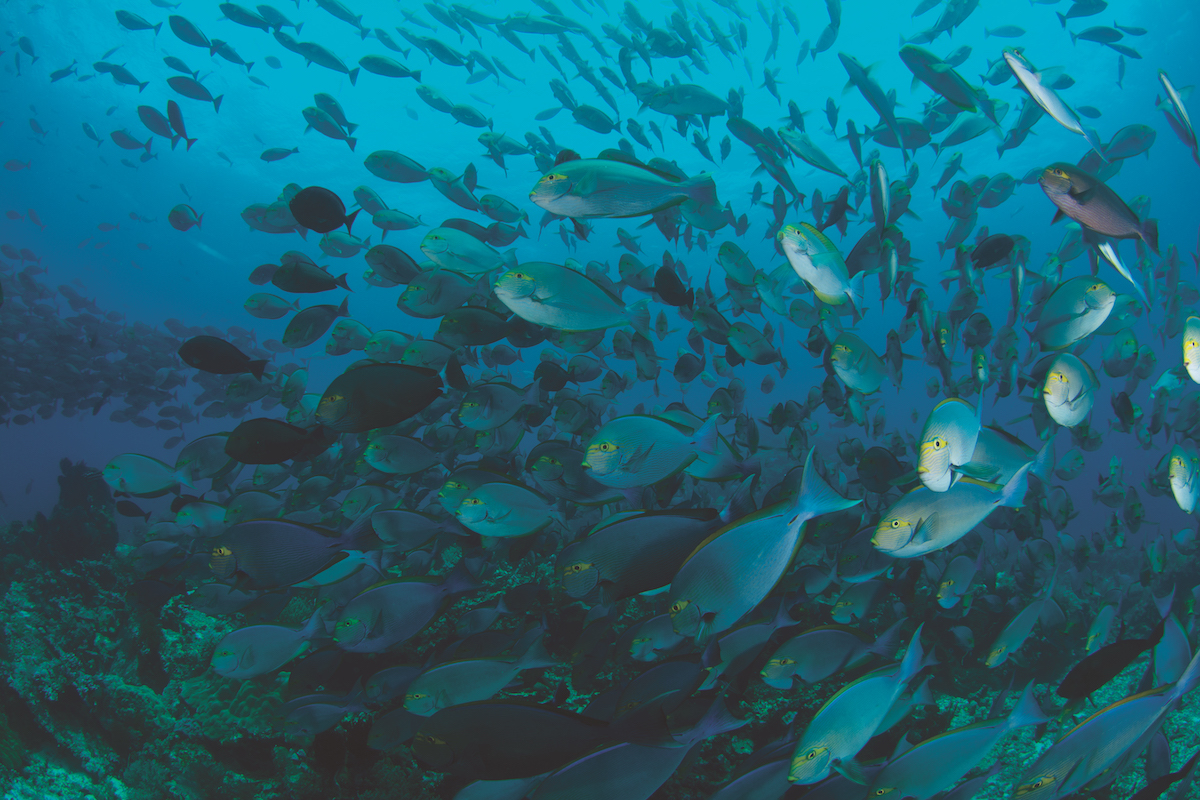
Immense schools of fusiliers and yellow-masked surgeonfish had congregated where the current first hit the reef, known as ‘the split’. They, in turn, attracted the unwanted attention of a whole host of predators. Huge gangs of the thuggish-looking giant trevallies casually mingled with the fusiliers, grey reef sharks hung out in the blue on the edges of the schools, while whitetip reef sharks glided effortlessly over the reef.
Then in the blink of an eye, this sedate scene of co-existence changed into a spectacular, frenzied free-for-all. The giant trevallies exploded into action, tearing through the ranks of the agile fusiliers; they in turn created a loud boom as they all simultaneously changed direction in a frantic attempt to evade their attackers. The sharks, jacks and other predatory fish took this as their cue to join in and for a few seconds, mayhem ensued.
After viewing this spectacle for as long as no-deco limits and air consumption would allow, and still trying to regulate my breathing after a frantic descent, I unhooked myself and drifted towards the rear of the reef. At a particularly pretty coral bommie, a far-from-pretty scene was taking place. A breakaway group of giant and bluefin trevallies had enlisted the help of several whitetip reef sharks, and even a giant moray, to flush out a cowering bannerfish that had sought refuge in the corals. Once out in the open, the poor creature was set upon. In an explosion of scales, it disappeared under the onslaught of the waiting gang. This was Castle Rock in the Komodo National Park at its adrenaline-pumping best.
Diving in Komodo National Park is incredible. This is where the Pacific and Indian Oceans collide. It is where marine life thrives, and it is where strong currents tear relentlessly through a maze of reefs and small islands.
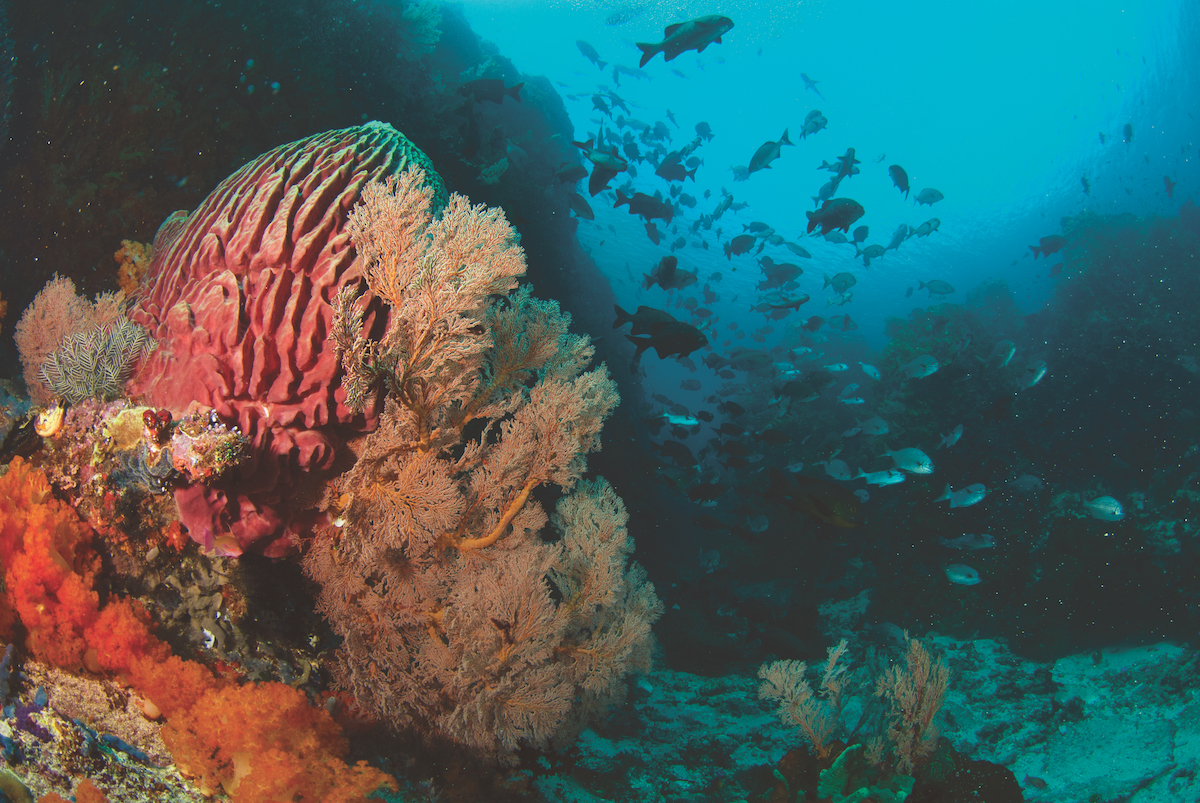
Why is scuba diving in Komodo so incredible?
The Komodo National Park UNESCO World Heritage Site covers an area of over 1,817 square km and was initially set up in 1980 to protect the Komodo dragon, which is endemic to the region. Now the place is just as famous for its diving – and with good reason. Go diving in Komodo and you'll see reefs in excellent condition, abundant marine life – from critters to pelagics, and a staggering variety of dive sites.
To understand why this national park is so bountiful in terms of marine life and coral growth, it is important to understand what role the currents play – and why they are so powerful in this particular region of the world.
First, let's take a look at the geography. To the north of the national park is the Suva Sea, which is fed by the Pacific Ocean. To the south is the Sea of Flores, which is fed by the Indian Ocean. To the east is the island of Flores, that stretches for almost 1,200km, and to the west is the island of Sumbawa, which is several hundred kilometres wide. This creates a bottleneck, and as the tides rise and fall, a tremendous amount of water is pushed through a relatively small gap over a relatively shallow seabed.

Between these two larger islands are numerous smaller islands which include Komodo and Rinca, and which make the currents even more unpredictable. Running through the middle of the park is the Lintah Strait. This is the gateway between the two mighty oceans and a major reason for the success of the area. Lintah in the local dialect means ‘leech’. The stretch of water was given the name because its currents would leech the power from boats that tried to fight against it.
What these currents mean is that a considerable amount of nutrients, including plankton and larvae, are being carried through the park from deep water basins in the adjoining seas. These are what the marine life thrives upon.
“Up currents, down currents, washing machines, currents that do not go in the direction they are supposed to, and currents that just come out of nowhere, can all be encountered in the national park.”
I worked in this magical region over several seasons. I was made a fool of more than once by the erratic nature of the currents.
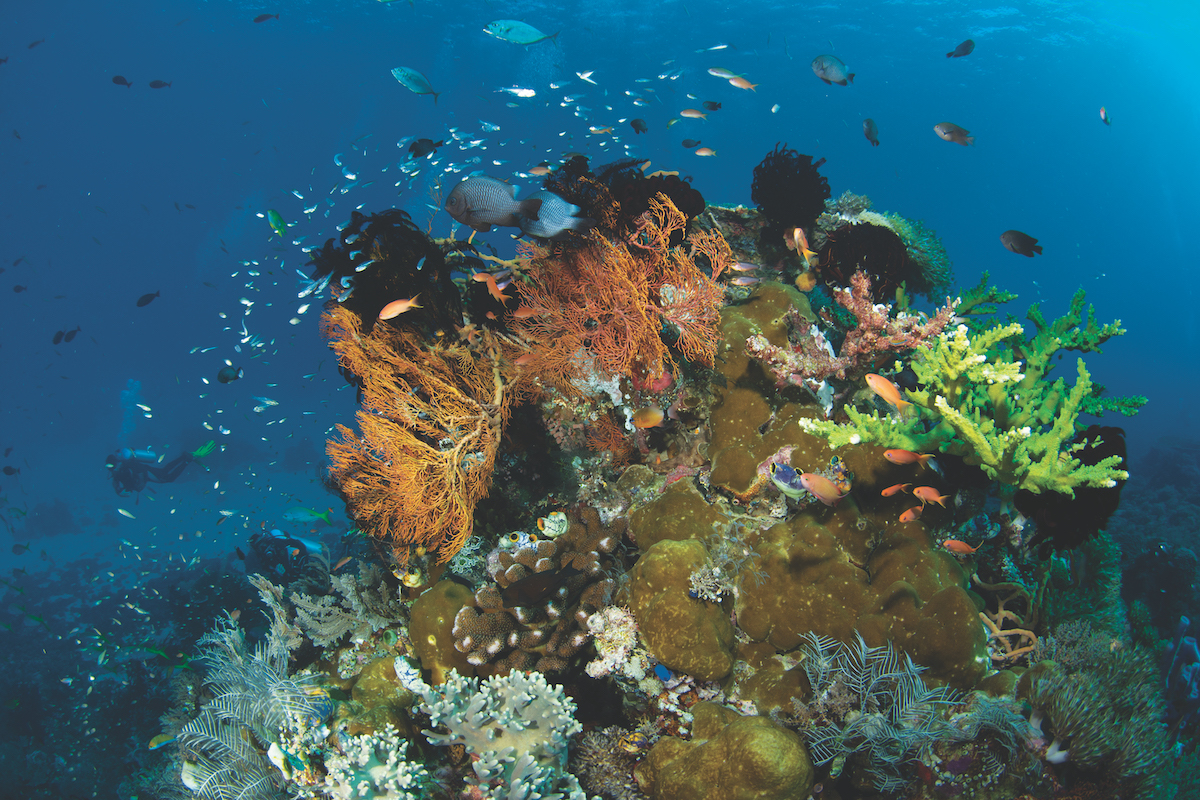
When to go diving in Komodo
Although diving in Komodo is great for adrenaline seekers, I should clarify that these currents are not always at their terrifying best. They tend to be at their strongest around the time of a new or full moon. For some inexplicable reason, this would usually coincide with a boat full of prominently inexperienced divers. While if the currents were mild to non-existent, we could almost guarantee that the majority of our guests would be experienced, thrill-seeking, current junkies.
It should also be noted some sites are sheltered from the currents and can be dived at a leisurely pace. Even around a full or new moon, there are periods of slack tide, which means that there is no current at all.
For me, the allure of the park was the variety of dive sites and the wealth of marine life. These were at their best when there was a reasonable current. So, for the adrenaline seekers, here are some more of the park’s best and most-notorious current-fuelled dives.
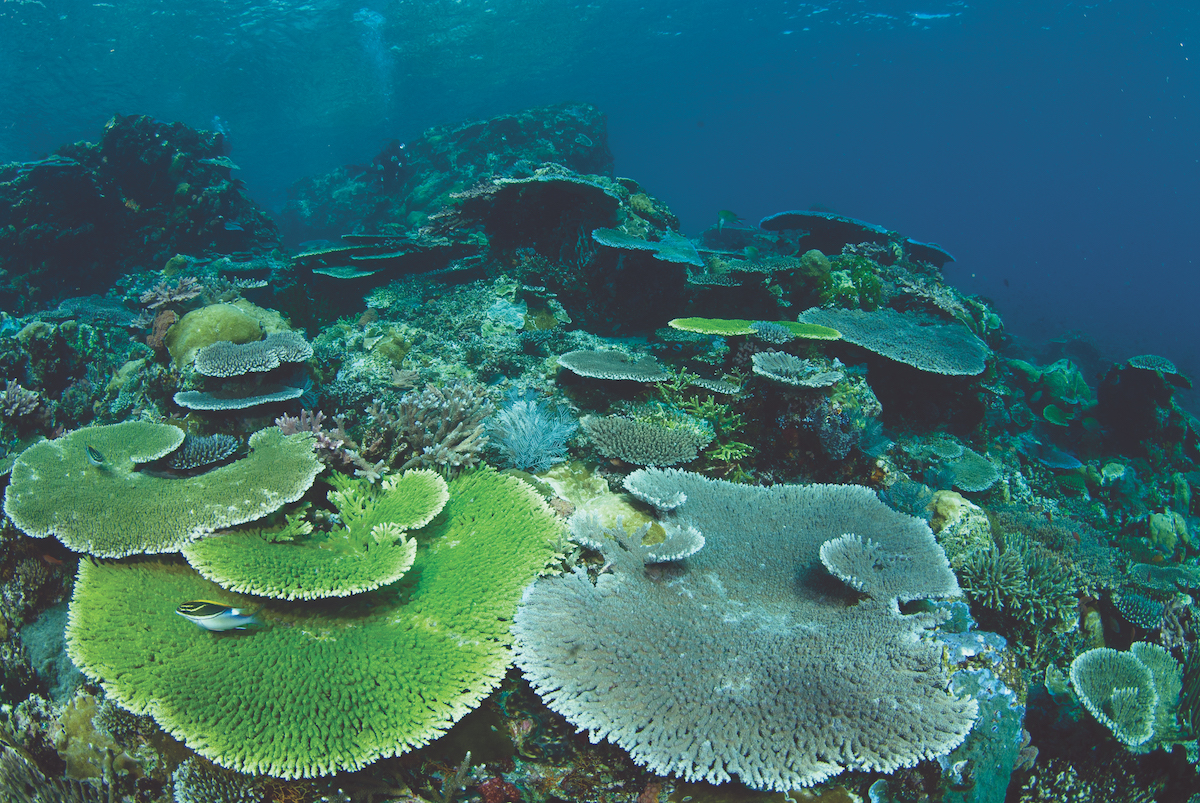
The Cauldron
Perhaps one of the most-unique sites of the region is the Cauldron. The strong currents that rage through a narrow channel between two islands, Gili Lawa Laut and Gili Lawa Darat, have carved out a vast bowl, hence the name. Leading up to this bowl is a gentle sandy slope scattered with glassfish-covered bommies. Once in the Cauldron, swift currents funnel the falling tide past whitetip reef sharks and schooling snapper towards an area affectionately known as ‘the shotgun’. The reef gets much shallower and narrower here, creating powerful, turbulent currents.
After hurtling through at a rate of knots, the divers are spat out into a stunning coral garden, often joined by feeding mantas and grazing turtles.
Tatawa Besar
Tatawa Besar is a drift dive along a colourful, sloping reef of burnt orange soft corals. Vast fields of staghorn corals and numerous bommies where batfish and sweetlips can often be found congregating, this is one of the dive sites where the current makes no sense as it only ever seems to run in the same direction, whether the tide is rising or falling.

Makassar Reef
Another of Komodo’s famous drift dives is Makassar Reef, not the prettiest of reefs. It is perhaps best described as a rubble-strewn highway with the occasional coral bommie. Blacktip and whitetip reef sharks can be seen zipping over this luna landscape, but the main reason for visiting this site is the chance to see manta rays. Komodo is one of the best places to dive with manta rays. Strong currents can tear along the reef, and the mantas seem to love it, feeding in the plankton-rich water, hovering over sporadic coral bommies to get cleaned or forming acrobatic mating trains.

Batu Balong
Batu Bolong is an excellent place to witness the brutal force of the currents – on one particular dive, just after a new moon, even the giant trevallies were experiencing some difficulties. This tiny rock pokes mere metres above sea level, its barren features giving no hint of the stunning coral gardens, teeming with life that lay beneath the surface. As the falling tide hit the north side of the rock, it fanned out creating a lea side on the south, while at each end of the reef aggressive-looking down currents signalled the boundaries of our dive site.
“Schools of sergeant majors inhabit the shallows, and a blizzard of anthias sometimes made it hard to see the pristine hard coral gardens that cover every inch of the site.”
A huge school of fusiliers had also sought refuge out of the punishing current; they, in turn, had attracted the attention of whitetip and grey reefs sharks. Giant trevallies and rainbow runners added to the melee.
These are just some of the better-known dive sites, others like Police Point, Mauan, Bonzai, Tatawa Kecil and World’s End, to name but a few also offer a thrilling experience if dived at the right time.
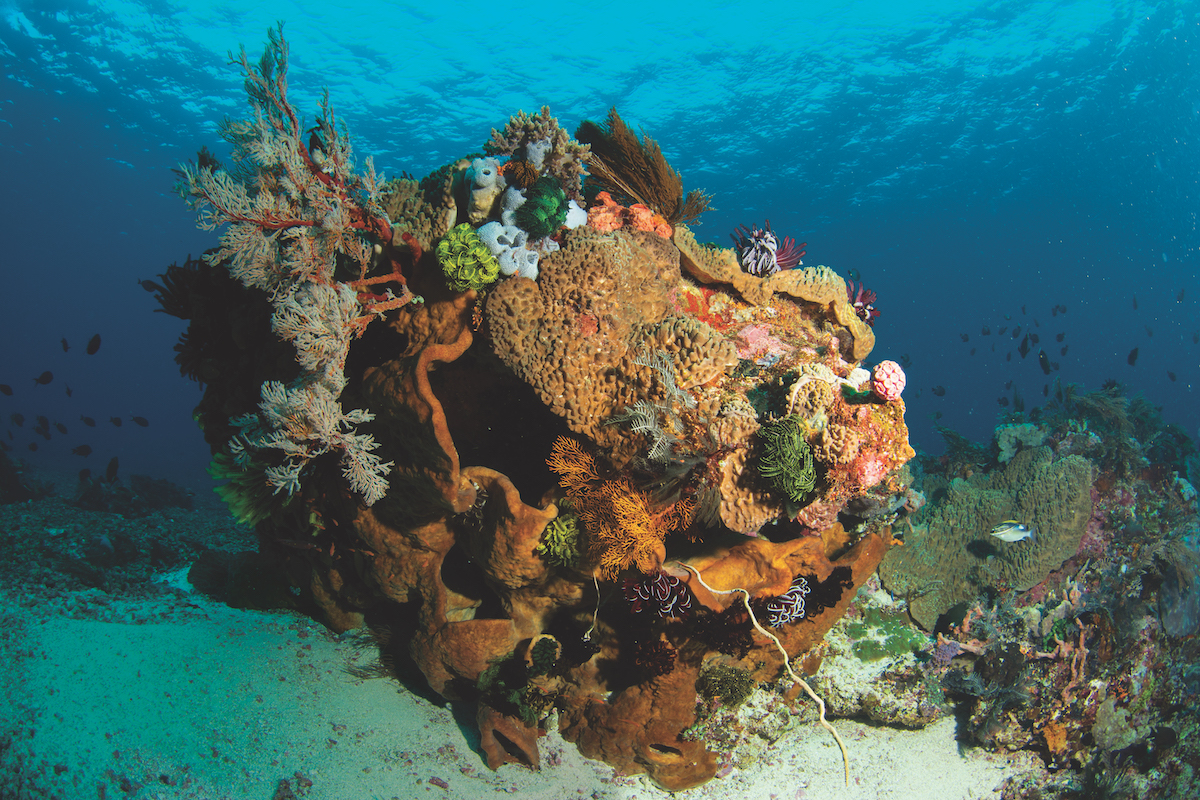
Top tips for diving in Komodo
My advice to anyone wanting to dive in this fantastic diving paradise would be:
- Make sure you choose a good dive centre with experienced guides.
- Get a few dives under your belt first.
- Plan the timing of your visit to suit your level of experience.
Diving in Komodo at a time that suits your experience level is not only for your safety and to maximise your enjoyment, but to also preserve this fragile and beautiful ecosystem from unnecessary damage.
